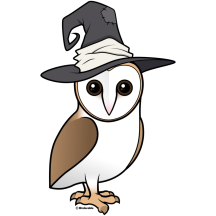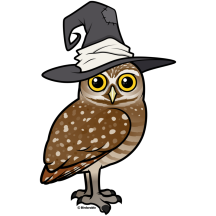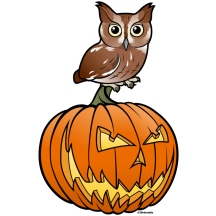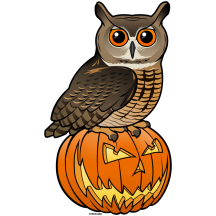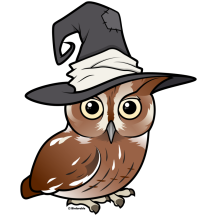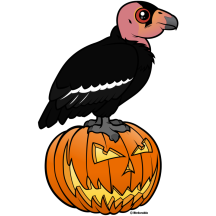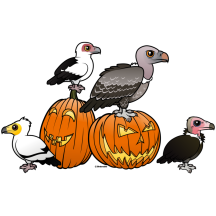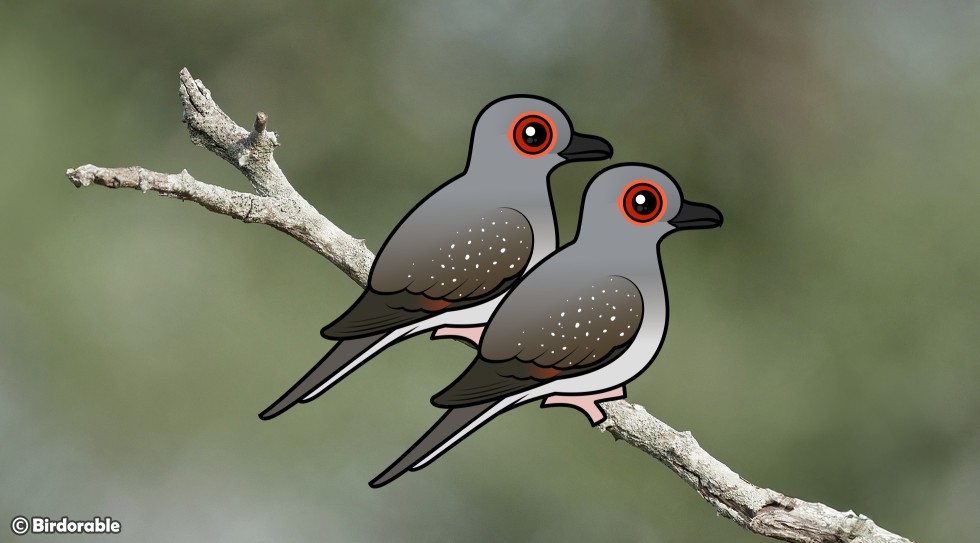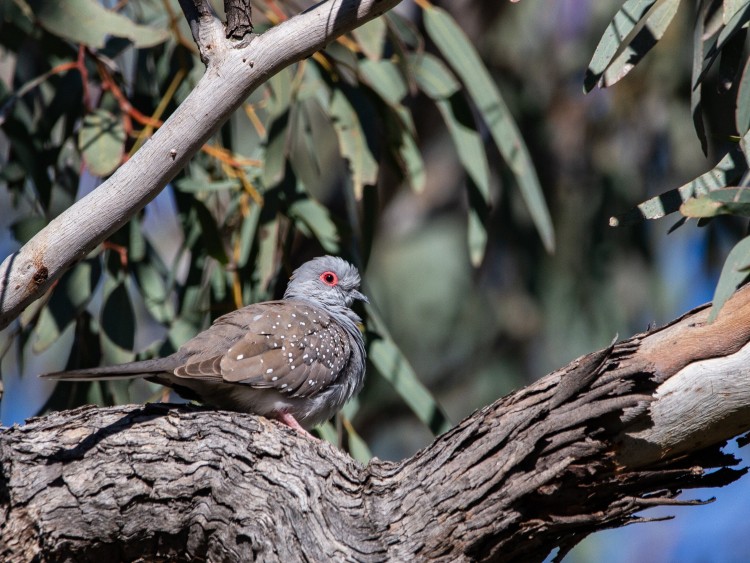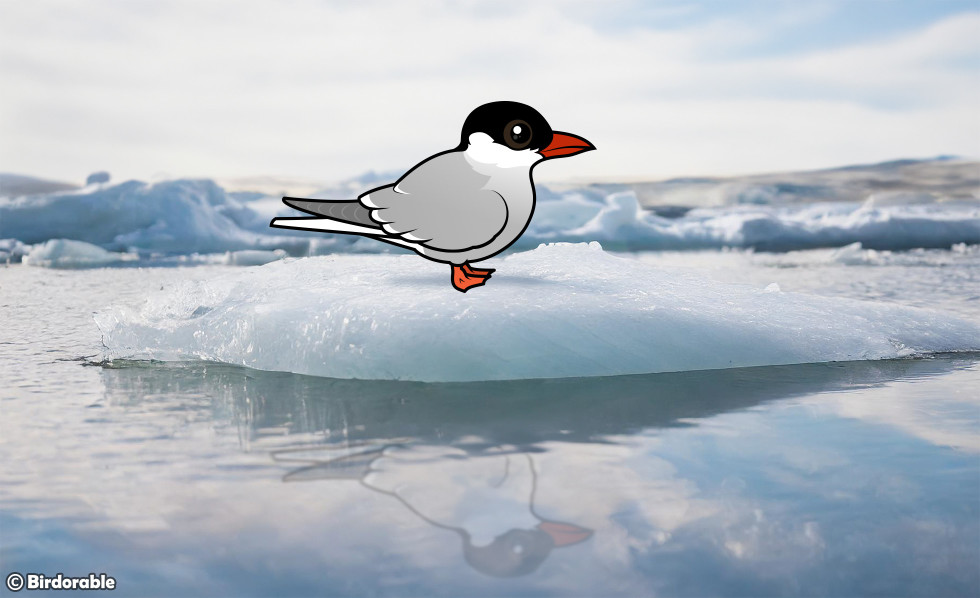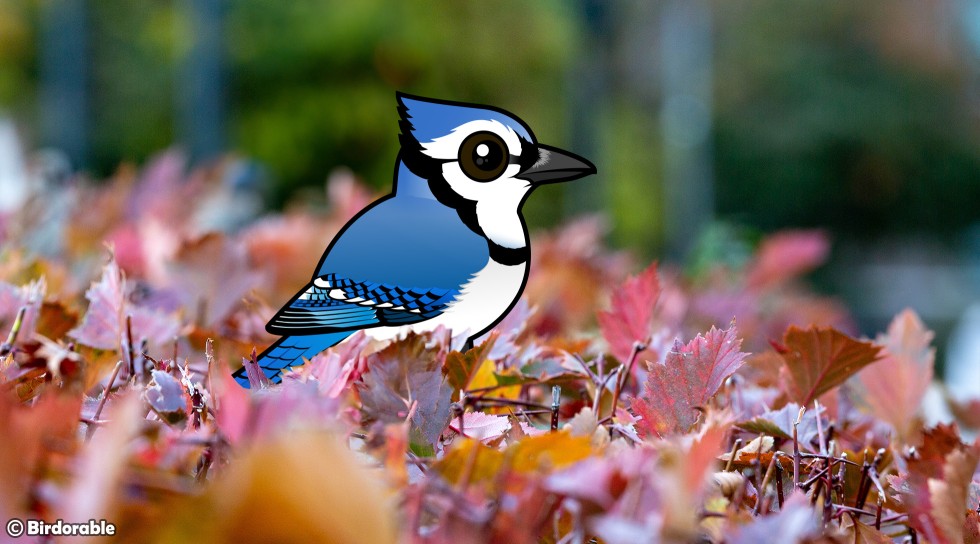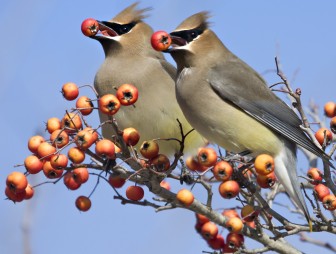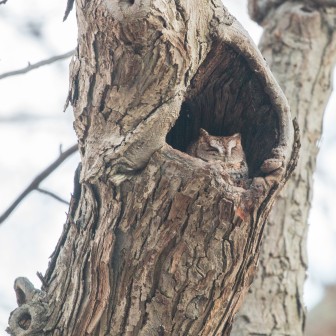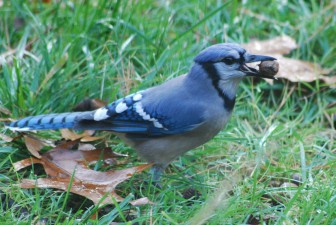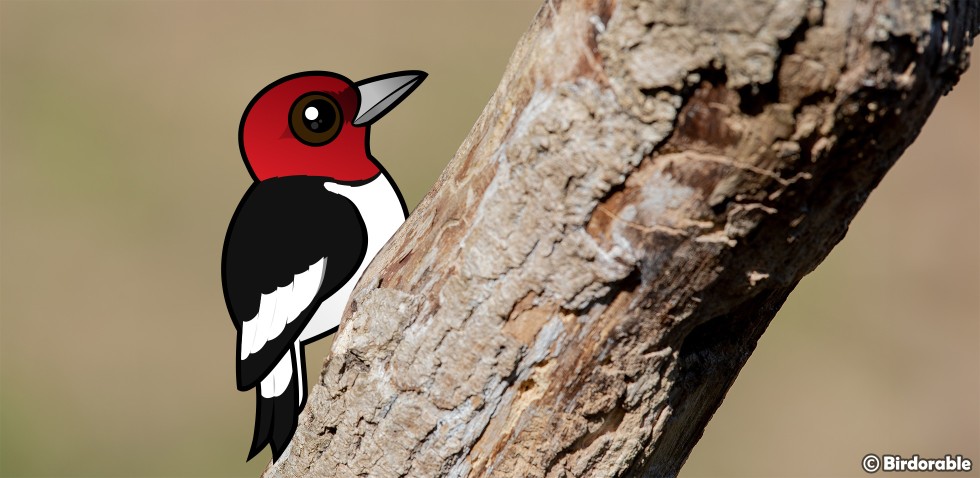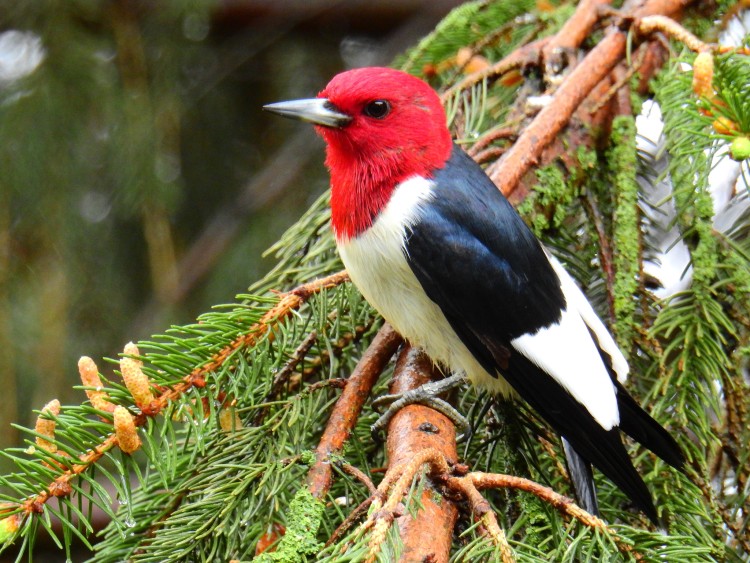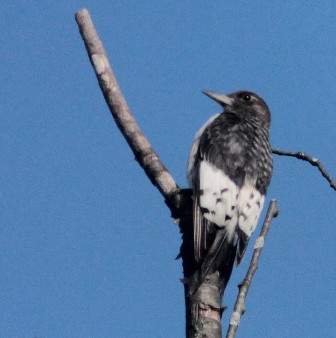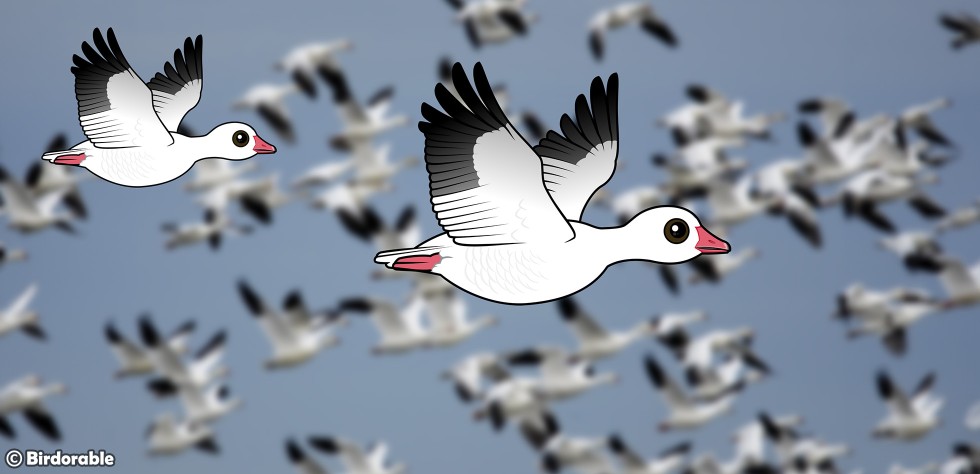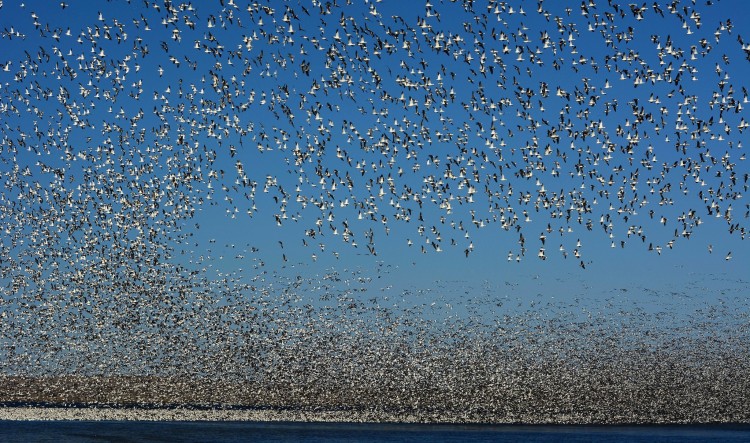As Halloween approaches, there’s no better time to appreciate some of the spookiest bird species that seem perfectly suited for the eerie atmosphere of the season. With their ghostly calls, dark feathers, and mysterious behavior, birds like owls, ravens, and vultures have long been associated with spooky folklore. Let’s dive into these spooky species and discover what makes them so fitting for Halloween!
Owls: Nighttime Hunters with a Mysterious Vibe
Owls are perhaps the most iconic Halloween birds. Their haunting hoots and nocturnal habits give them a natural connection to the spooky season. Owls are known for their exceptional hunting skills, aided by silent flight and incredible night vision. The feathers of most owl species are specially adapted to muffle the sound of their wings, allowing them to swoop down on prey without making a sound. The Barn Owl, with its ghostly white face and eerie screeching calls, is often linked to ghost stories and folklore. Many cultures see owls as symbols of wisdom, but others associate them with omens or the supernatural, adding to their spooky allure.
Birdorable Halloween Owls
Ravens: The Mystical Messengers
Ravens are another bird species deeply connected with Halloween imagery. Large, black, and highly intelligent, ravens have been featured in mythology and literature for centuries. In Edgar Allan Poe’s famous poem The Raven, the bird is a mysterious figure that seems to bring dark, foreboding messages. Ravens have also appeared in mythology, such as in Norse legend, where the god Odin had two ravens, Huginn and Muninn, who flew across the world to gather information for him. These birds are known for their intelligence and problem-solving abilities. In the wild, ravens can mimic sounds, use tools, and even play games, showing an eerie intelligence that’s fitting for their mysterious reputation.
Vultures: Nature’s Creepy Cleanup Crew
With their bald heads and menacing presence, vultures can certainly fit the spooky theme. These scavengers are often found feeding on carcasses, which makes them symbols of death and decay in many cultures. Despite their unsettling habits, vultures play a crucial role in ecosystems by cleaning up dead animals, preventing the spread of disease. The Turkey Vulture, for example, has an extraordinary sense of smell that helps it locate carrion from miles away. While their bald heads may seem creepy, this adaptation actually helps them stay clean while feeding. Vultures' association with death has made them common figures in horror films and Halloween decorations. Of course, here at Birdorable we don't find vultures creepy at all -- we love them!
Birdorable Halloween Vultures
Common Nighthawk: A Phantom in the Twilight
Though less well-known than owls or ravens, the Common Nighthawk has a spooky vibe of its own. This bird is active during twilight hours, flying through the air with erratic, bat-like movements as it hunts for insects. Its haunting calls, which sound like a sharp "peent" or a ghostly hum, can be heard at dusk. Nighthawks are masters of camouflage, blending in with their surroundings during the day to rest, which gives them a phantom-like quality. Their eerie presence at the edge of night adds a ghostly touch to the autumn sky.
Blackbirds: Flock Together in Chilling Numbers
The sight of a large flock of blackbirds is often seen as a spooky omen, especially when they gather in huge numbers just before dusk. Birds like European Starlings and American Crows often form massive flocks called "murmurations" or "roosts" in the fall. These swirling clouds of birds, sometimes numbering in the thousands, can darken the sky, creating an eerie scene. Crows, in particular, are known for their intelligence and strong social bonds, and they are often linked to death and mystery in folklore. Another spooky crow fact: their collective noun is "murder"!
Great Potoo: A Master of Disguise with an Eerie Call
The Great Potoo is a bird that seems pulled straight out of a horror movie. This nocturnal bird, native to Central and South America, is known for its bizarre appearance and haunting, almost ghostly call. During the day, it blends seamlessly with tree branches thanks to its mottled plumage, sitting completely still with its eyes closed. At night, however, it comes to life, using its enormous mouth to catch insects. The Great Potoo’s eerie "waa-OO" call echoes through the forest, adding to its mysterious and spooky reputation.
At Birdorable, we love celebrating these spooky species! From owls to ravens to vultures, our collection features cute and cartoonish designs that put a fun twist on these eerily iconic birds. Whether you’re looking for a Halloween-themed t-shirt, a bird mug with a spooky vibe, or just want to learn more about these fascinating creatures, Birdorable has you covered.
As Halloween draws near, keep an eye (or an ear!) out for these spooky birds. Whether it’s an owl hooting in the distance, a raven perched ominously nearby, or a group of blackbirds swirling overhead, these birds help set the perfect Halloween mood!

